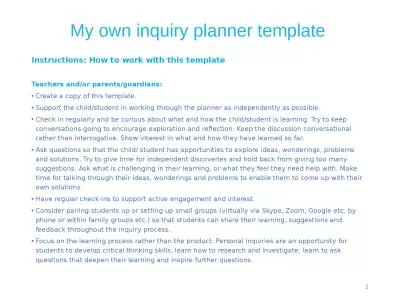PPT-Inquiry Based Learning in a Writing Intensive Mathematics C
Author : pasty-toler | Published Date : 2016-07-13
Javier Garza Excellence in Teaching Conference March 25 2011 My Inspiration The Moore Method Academic Heritage H S Wall academic grandfather along with Moore and
Presentation Embed Code
Download Presentation
Download Presentation The PPT/PDF document "Inquiry Based Learning in a Writing Inte..." is the property of its rightful owner. Permission is granted to download and print the materials on this website for personal, non-commercial use only, and to display it on your personal computer provided you do not modify the materials and that you retain all copyright notices contained in the materials. By downloading content from our website, you accept the terms of this agreement.
Inquiry Based Learning in a Writing Intensive Mathematics C: Transcript
Download Rules Of Document
"Inquiry Based Learning in a Writing Intensive Mathematics C"The content belongs to its owner. You may download and print it for personal use, without modification, and keep all copyright notices. By downloading, you agree to these terms.
Related Documents

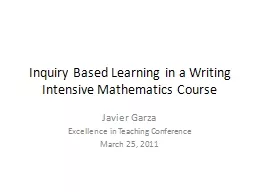
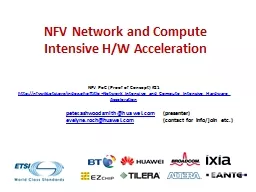
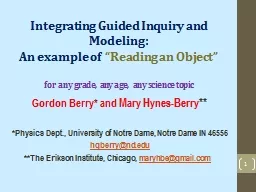
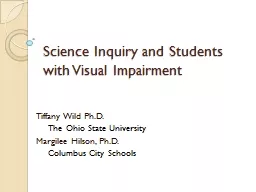
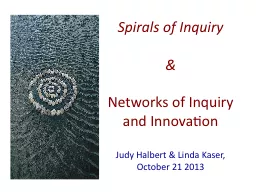
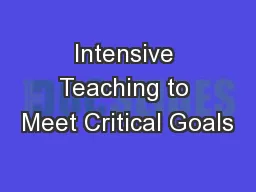
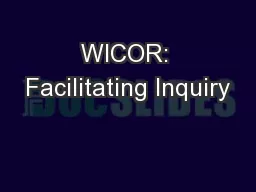
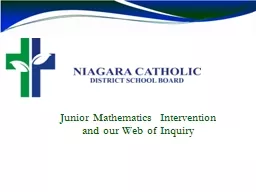
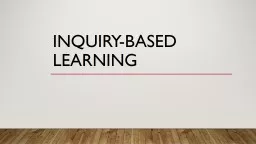
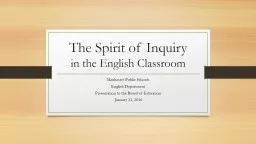
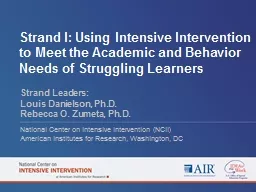
![[DOWNLOAD] - Visible Learning for Mathematics, Grades K-12: What Works Best to Optimize](https://thumbs.docslides.com/900943/download-visible-learning-for-mathematics-grades-k-12-what-works-best-to-optimize-student-learning-corwin-mathematics-series.jpg)
![[READ] - Neonatal Intensive Care Nurse Exam Secrets Study Guide: Neonatal Nurse Test](https://thumbs.docslides.com/902492/read-neonatal-intensive-care-nurse-exam-secrets-study-guide-neonatal-nurse-test-review-for-the-neonatal-intensive-care-nurse-exam.jpg)
